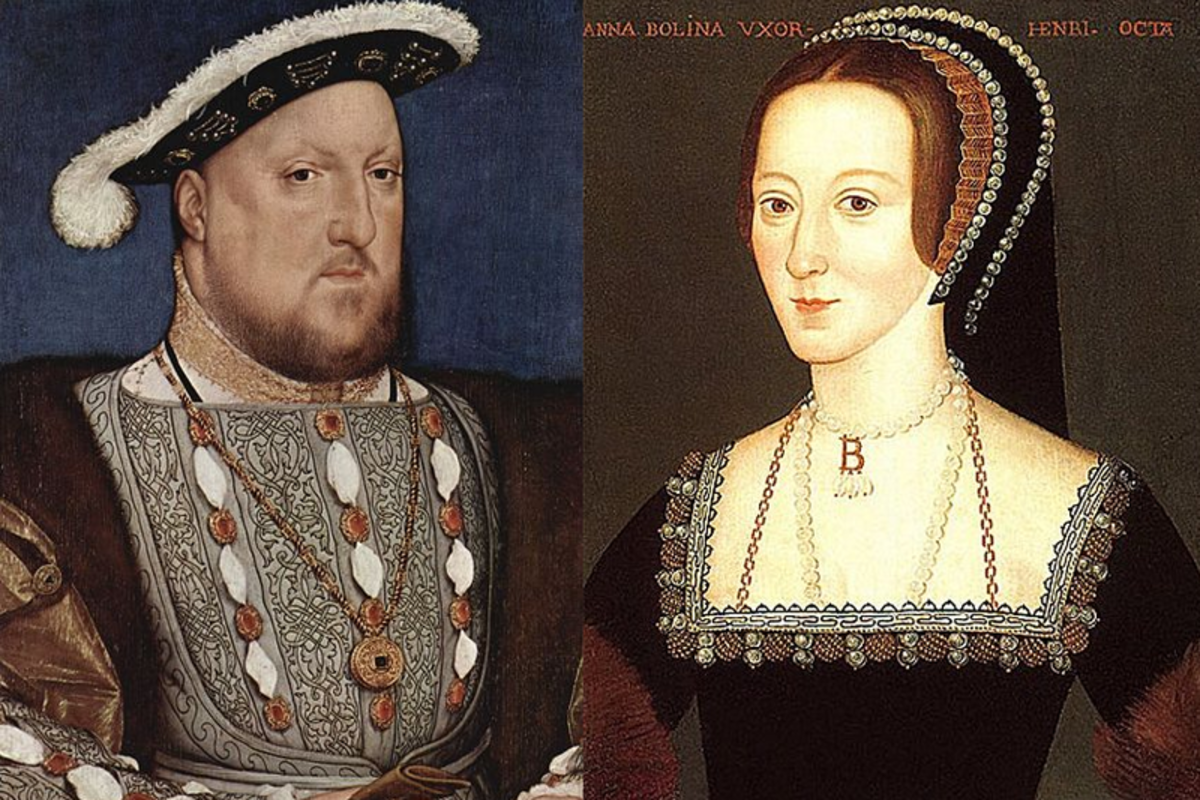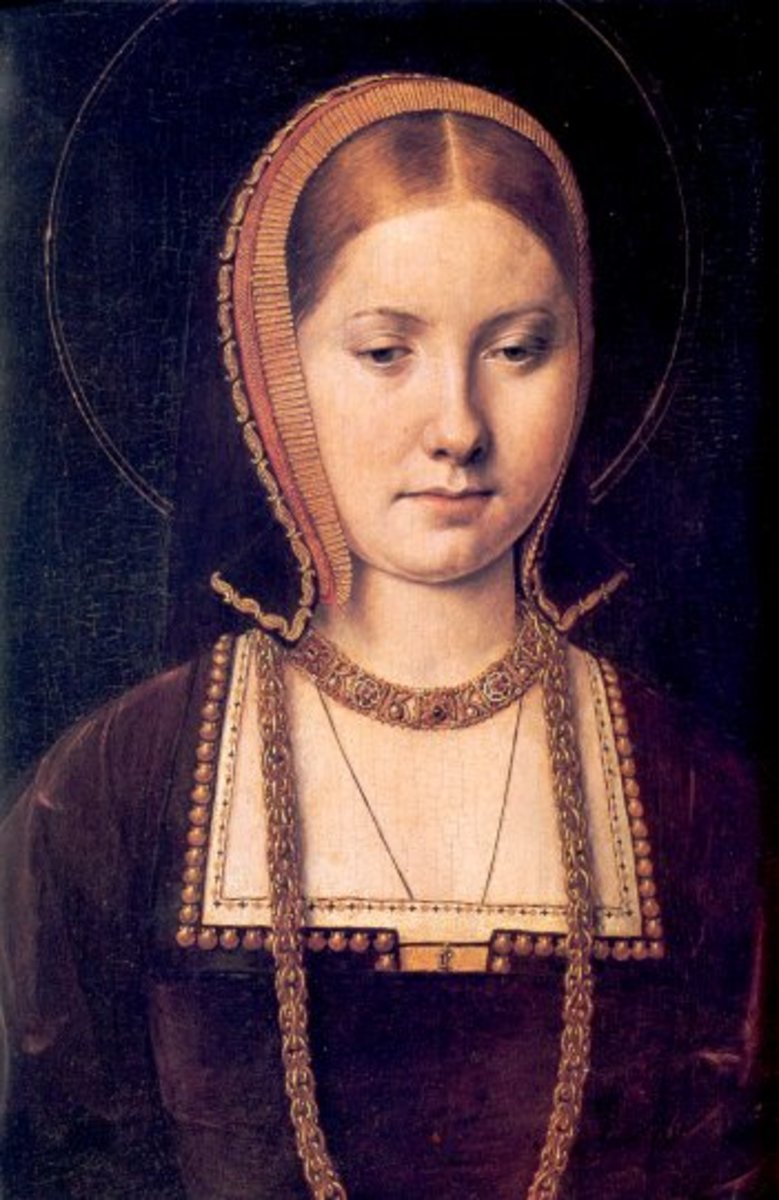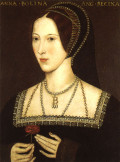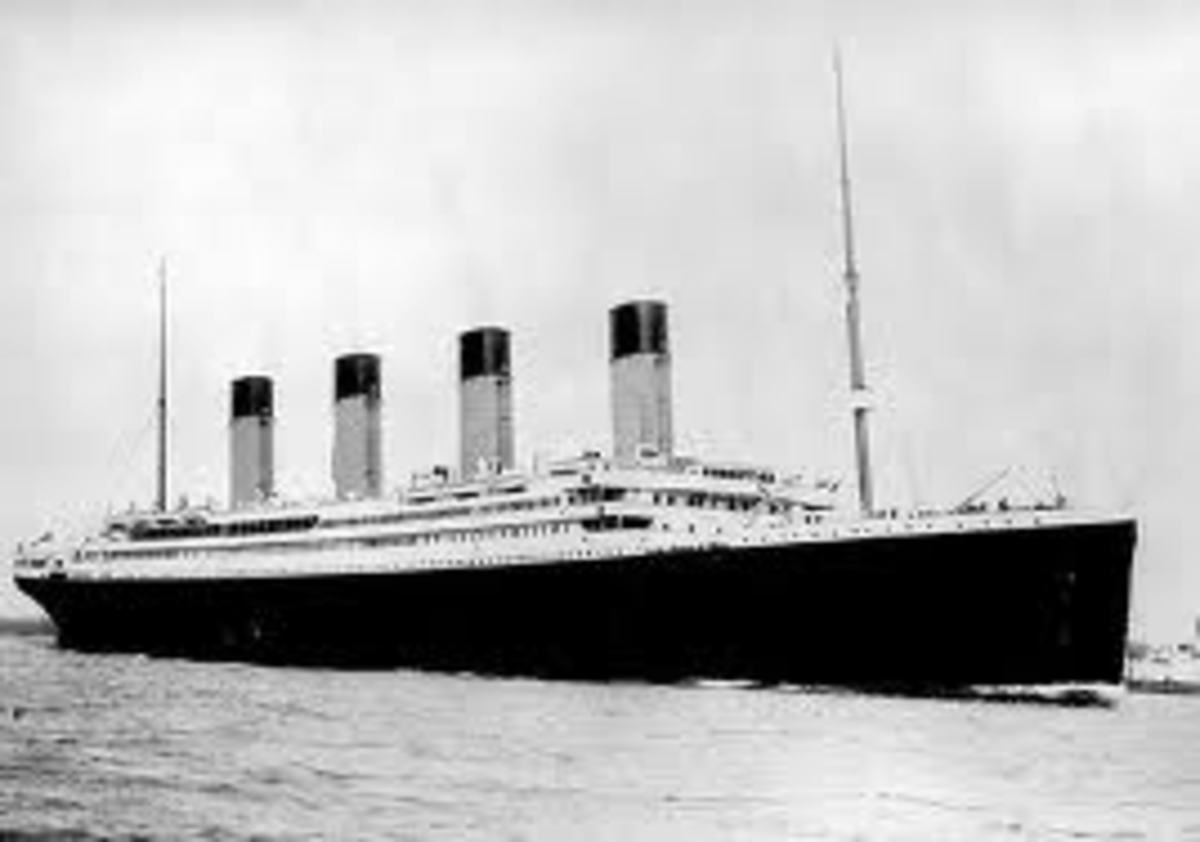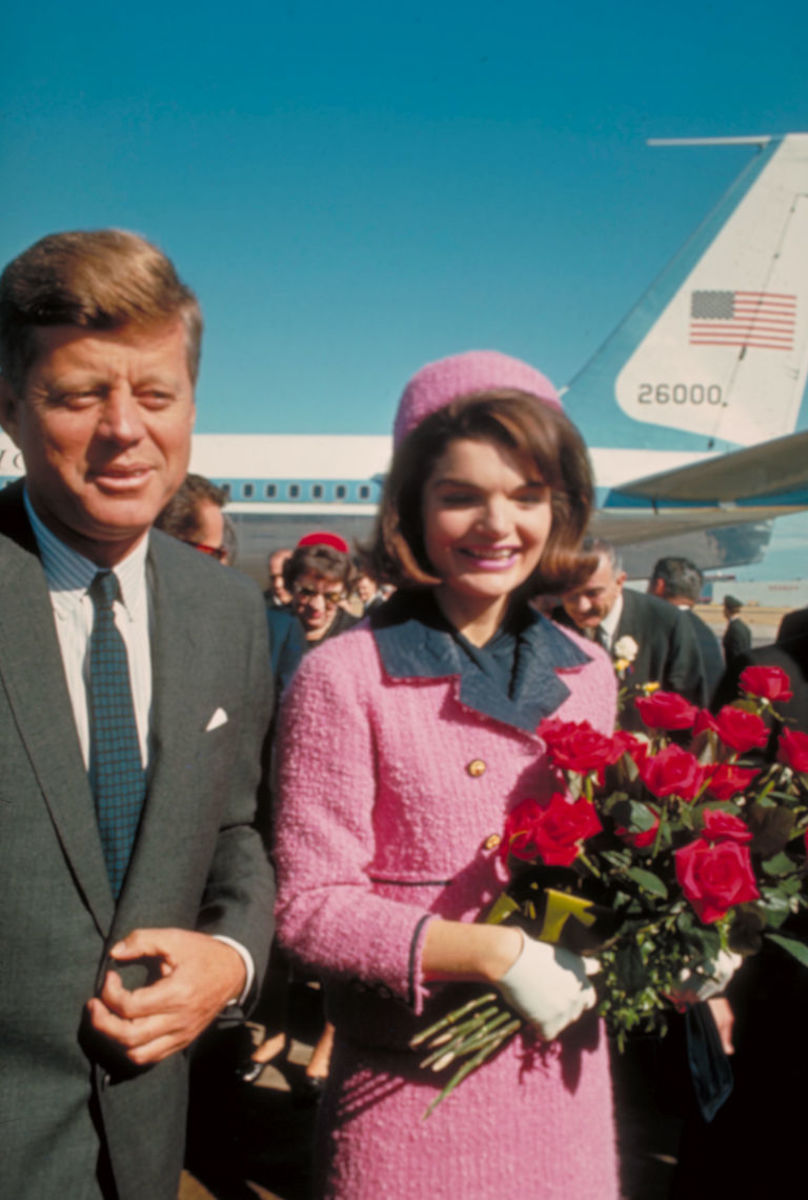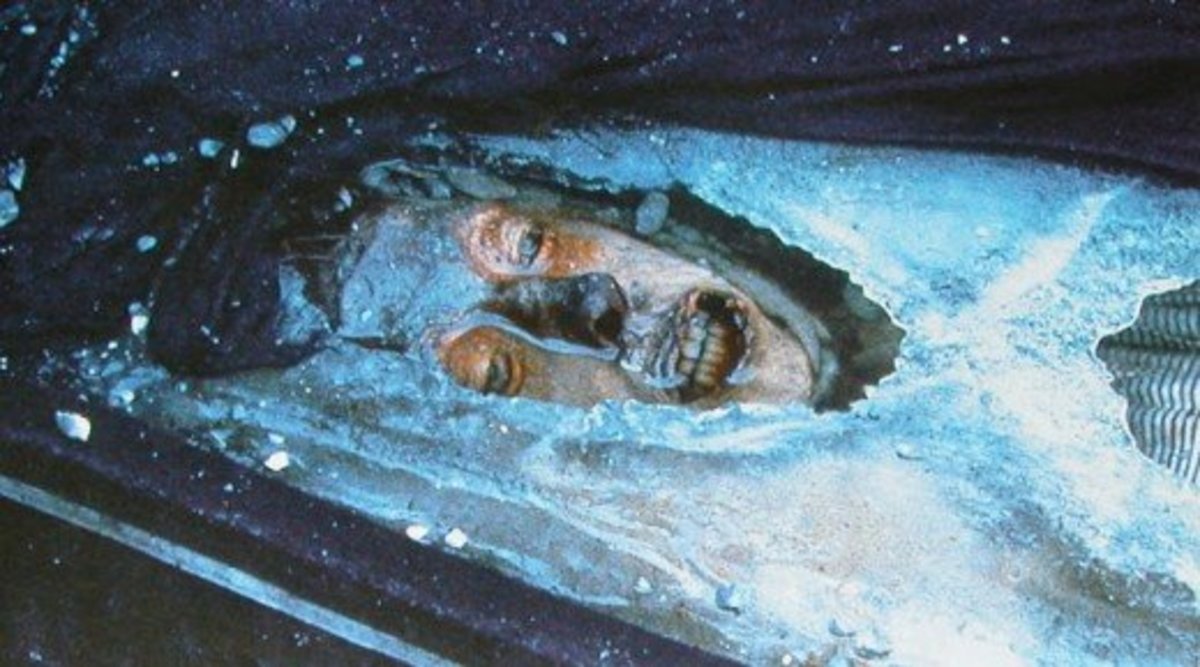Thomas Cranmer Is Burned at the Stake by Mary I
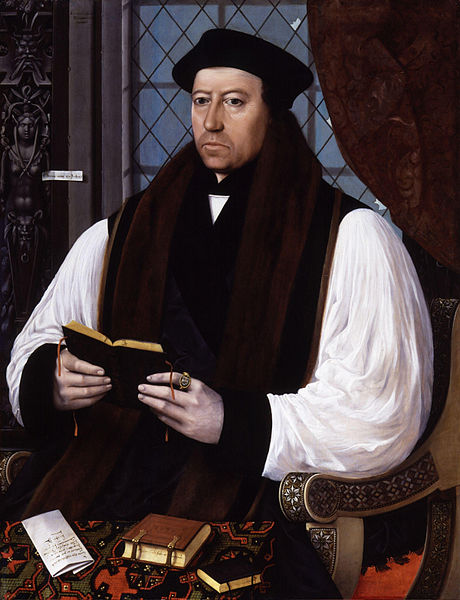
On March 21, 1556, Thomas Cranmer was burned at the stake for being a heretic. He played a major role in the religious reformation so Henry VIII could divorce Catherine of Aragon and marry Anne Boleyn. It is not surprising that Mary I would make the decision to execute the Archbishop of Canterbury as she may have seen him partially to blame for the way England had turned its back on Rome and made the monarch the head of the church.
There is much to cover on Thomas Cranmer. He was Archbishop of Canterbury during the reigns of Henry VIII, Edward I and Mary I, until his death. His position ultimately led to his trial and execution.
Thomas Cranmer Become the Archbishop of Canterbury
Thomas was born in 1489 to Thomas and Agnes Cranmer. They were not aristocrats but had a moderate wealth. He was placed along the clerical career after his older brother inherited the estate from their father and attended Jesus College, Cambridge at 14-years-old. While it took eight years to gain his Bachelor of Arts, he did gain a Master degree in the same subject by 1515.
He gained a Fellowship through the same college but had to forfeit that after he married; he was not a priest at this time. The fellowship was regained after the death of his wife, Joan, during childbirth and he was ordained by 1520, where he became one of the preachers at Jesus College.
During 1520, there was the spread of Lutheran ideas. It is possible that his biblical scholarship and the enthusiasm that he had for reading and learning opened him to the ideas of Lutheran worship. However, he originally admired Erasmus and this helped him gain a small role within the embassy for England in Spain; appointed by Cardinal Wolsey.
Books About Thomas Cranmer
Thomas Cranmer Assists in the Annulment of Henry VIII’s First Marriage
In 1527, Henry VIII made the decision that his marriage was not valid in the eyes of God. This led to seeking a divorce from Rome. Cardinal Wolsey was tasked with this and Thomas Cranmer was to assist. It was in 1529, while avoiding a plague outbreak by staying in Waltham Holy Cross, that Thomas suggested the idea of canvassing the opinions of theologians from universities around Europe instead of focusing on Rome. The plan was approved, either by the King of England or Thomas More, the Lord Chancellor, and Thomas was sent to hear the opinions of the theologians.
It was during his travels that Thomas met with other religious reformers around Europe, particularly Simon Grynaeus and Huldrych Zwingli. It was Thomas’ relationship with Grynaeus that led to a relationship with Martin Bucer, a German reformer in Strasbourg. He also built a friendship with Andreas Osiander, part of the Nuremberg reformers, in 1532 when appointed as the resident ambassador for Charles V.
Thomas Cranmer married Osiander’s niece, Margarete. This was against his vow of celibacy as a priest and had to marry in secret. Many priests and cardinals would take mistresses due to the strictness of the vow of celibacy but this was a sign that Thomas was moving to the ways of the Lutheran religion.
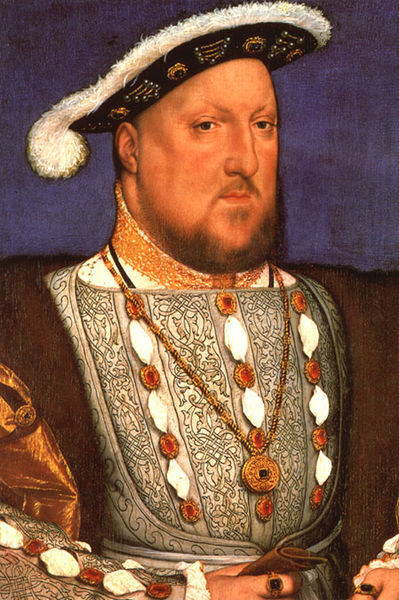
Thomas Cranmer Becomes Archbishop of Canterbury
While travelling through Italy, Thomas received a letter to state that he had been made the Archbishop of Canterbury on October 1, 1532. He returned to England and found that Anne Boleyn’s family had helped to secure this position. This was a surprise to himself and the rest of England. Before this position, he had held small rolls in the church. It was clear that the position was gained through the people that he knew and the fact that he was being held in high regard by Henry VIII, who financed all the papal bulls needed personally.
By January 1533, Anne made it clear that she was pregnant and it became a matter of urgency to annul the marriage to Catherine of Aragon. Henry VIII wanted the child to be legitimate, believing that it was a boy. However, Anne Boleyn and Henry VIII married in secret at the end of January 1533, without informing Thomas; who was still working on the proceedings for the annulment.
Thomas Cranmer created drafts for the procedures after explaining how the senior clergy members would judge his marriage. Once they were agreed, Thomas opened court on May 10, 1533. Just 13 days later Thomas ruled that the marriage to Catherine of Aragon was invalid and that Princess Mary Tudor was illegitimate and no longer in line of succession. On May 28, the marriage between Henry VIII and Anne Boleyn was announced as valid. Thomas became a godfather to Elizabeth I.
Thomas Cranmer was faced with difficult decisions during the religious reformation over the next few years. He had to witness the execution of John Frith, who refused to acknowledge the Eucharist was the real presence of Jesus, and was not accepted by bishops in his own area immediately.
Thomas Cranmer During the Reigns of Three Tudor Monarchs
By 1539, Henry VIII’s views on the religious reformation changed. He had been raised as a Catholic and found it difficult to alter those views. This led to reversals of some of the changes to the church. He refused to allow priests to marry and wanted to create a balance between the two sides of religion in England. Thomas was at the meeting that created the Six Articles, which were the six doctrinal questions of the new religion.
However, the backtracking didn’t last for long and Henry VIII decided that he wanted a new Great Bible preface to be created. In April 1539, an English version of the Bible was published for the first time. He remained in good favour with Henry VIII and continued to hold his position as Archbishop of Canterbury into the reign of Edward VI.
Edward VI helped to move the religious reformation further, after being raised with Lutheran tutors. Unfortunately, he was young to start with and he did not survive into adulthood; being a sickly child. In 1553, Edward VI died and after nine days of Lady Jane Grey being Queen, Mary I succeeded the throne.
Books About the Religious Reformation
Thomas Cranmer’s Arrest and Execution
Mary I started her work in returning the country back to the Catholic one that she once knew and loved. Her first call was to imprison those involved with having her cousin, Lady Jane Grey, appointed as Queen of England. Thomas Cranmer managed to avoid that but he was accused of authorising mass within Canterbury Cathedral. Mary I removed the Lutheran bishops one by one and on September 14, 1553, Thomas was taken to the Tower of London.
Nearly two months later on November 13, 1553, he was convicted of treason, along with others who were in the Tower with him. Instead of being executed, he was sent to Bocardo prison on March 8, 1554, where he would be put on trial for heresy. His trial date was September 12 the next year, where he admitted to all evidence placed in front of him. However, he never admitted to heresy, treachery or disobedience. He was not initially executed while the Privy Council waited on news from Rome about his archbishopric title. On December 4, 1555, he lost that title and the Council was allowed to execute him.
He tried to save his life by recanting his testimony, recognising the Pope as the head of the church and the authority of Mary I and her husband Phillip of Spain. Because he recanted everything, he should have been reprieved, as was stated in Canon Law; however, Mary I decided to ignore that. It may have been possible that Thomas realised that he would not gain the reprieve; or he may have decided that his faith was more important than his life. He recanted his recantations and made it clear that he believed in the Lutheran ways.
Thomas Cranmer was executed by being burned at the stake for his heresy on March 21, 1556. His legacy lived on as he was made a martyr 400 years later.






